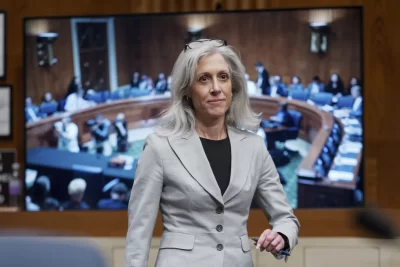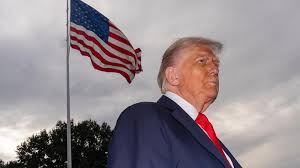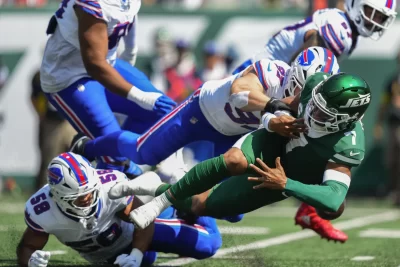
An inflation gauge that is closely monitored by the Federal Reserve showed price increases remained elevated in September amid brisk consumer spending and strong economic growth.
Friday’s report from the Commerce Department showed that prices rose 0.4% from August to September, the same as the previous month. And compared with 12 months earlier, inflation was unchanged at 3.4%.
Taken as a whole, the figures the government issued Friday show a still-surprisingly resilient consumer, willing to spend briskly enough to power the economy even in the face of persistent inflation and high interest rates. Spread across the economy, the strength of that spending is itself helping to fuel inflation.
In a cautionary note, consumers relied increasingly on savings to fuel their shopping last month. Income growth slowed. Adjusted for inflation, income actually fell slightly.
Yet spending jumped 0.4%, after adjusting for inflation. The saving rate fell to 3.4%, down from the 6%-plus average before the pandemic.
September’s month-to-month price increase exceeds a pace consistent with the Fed’s 2% annual inflation target, and it compounds already higher costs for such necessities as rent, food and gas. The Fed is widely expected to keep its key short-term interest rate unchanged when it meets next week. But its policymakers have flagged the risk that stronger growth could keep inflation persistently high and require further rate hikes to quell it.
Since March 2022, the central bank has raised its key rate from near zero to roughly 5.4% in a concerted drive to tame inflation. Annual inflation, as measured by the separate and more widely followed consumer price index, has tumbled from the 9.1% peak it reached in June of last year.
On Thursday, the government reported that strong consumer spending drove the economy to a robust 4.9% annual growth rate in the July-September quarter, the best such showing in nearly two years. Heavy spending by consumers typically leads businesses to charge higher prices. In Friday’s report on inflation, the government also said that consumer spending last month jumped a robust 0.7%.
Spending on services jumped, Friday’s report said, led by greater outlays for international travel, housing and utilities.
Excluding volatile food and energy costs, “core” prices rose 0.3% from August to September, above the 0.1% uptick the previous month. Compared with a year earlier, though, core inflation eased to 3.7%, the slowest rise since May 2021 and down from 3.8% in August.
A key reason why the Fed may keep rates unchanged through year’s end is that September’s 3.7% year-over-year rise in core inflation matches the central bank’s forecast for this quarter.
With core prices already at that level, Fed officials will likely believe they can “proceed carefully,” as Chair Jerome Powell has said they will do, and monitor how the economy evolves in coming months.







